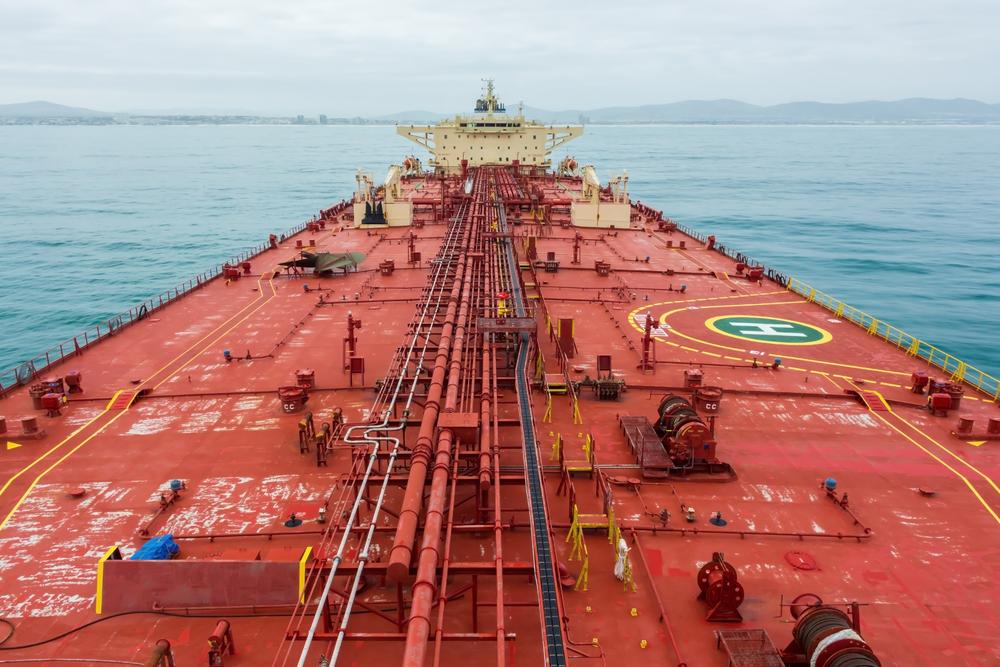In Tehran this morning, an explosion damaged an Iranian Oil Tanker traveling through the Red Sea sending oil prices higher by 2%.
The attack had the effect of shifting Brent Oil and West Texas Intermediate crude futures by more than $1 per barrel.
Iran’s state media reported that these vessel was owned by the National Iranian Oil Company.
The Sabiti which caught fire and subsequently exploded leaked oil after it was struck 60km from the port of Jeddah. A few hours after the attack, the leak has been controlled.
This attack follows a long string of political tensions between Saudi Arabia and Iran. This attack is likely to heighten both political and economic tensions.
Crude Prices jumped on this report and industry sources say that this could have effects in driving up shipping costs.
Ashok Sharma, managing director of shipbroker BRS Baxi in Singapore said “War risk insurance premiums for the Red Sea will now likely go up significantly, as will likely the freight (rates)”
China, the top buyer of Iranian oil hopes that tensions can be settled to stop any disruption to oil supply.
However, “Experts believe it was a terrorist attack,” Iran’s Students News Agency (ISNA) reported.
Trump added to his list of fragile foreign relations, by stating that Iran was responsible for this attack, something Tehran denies.
This follows a list of attacks on Iranian Oil Tankers, the previous coming on September 14th. This attack shut down 5.7 million million barrels of production daily, half of all Saudi output amounting to five percent of global supply.
The 2% price rise could suggest a period of short supply following these attacks. If these attacks are to be a common occurrence, supply disruptions may occur for the biggest exporter of crude oil globally.
Immediately following these attacks, oil benchmarks showed their biggest prince increase since September 16th. The first few hours trading showed increases up to 20%.
Stephen Innes, an Asia Pacific market strategist at AxiTrader “Spare capacity remains fragile and with supply chain vulnerability a worrying concern at virtually every Middle East oilfield, traders continue to hedge supply risk premium,”
The prices of crude oil may not be as significant as expected even after this attack. Earlier this week the US Government reported data showing rising domestic crude oil stocks, which may drive down prices.
Since the event occurred, prices have stabilized despite attacks in September and October. The International Energy Agency monitored these prices across this event giving this statement ““Oil markets in September withstood a textbook case of a large-scale supply disruption. Prices fell back as it became clear that the damage, although serious, would not cause long-lasting disruption to markets”
With an increasing supply of oil in Brazil, United States and Norway this may mean that this rise is very short term and in fact may cause long term dips.
Traders were quick to pounce on the 2% price, however as markets have calmed many of these increases are not likely to be long term.
There have also been updates to a few other commodity markets with changes to Bisichi Mining PLC (LON: BISI) and , Highland Gold Mining Ltd (LON: HGM) and updates in current affairs to Facebook (NASDAQ: FB), London Stock Exchange (LON: LSE).

